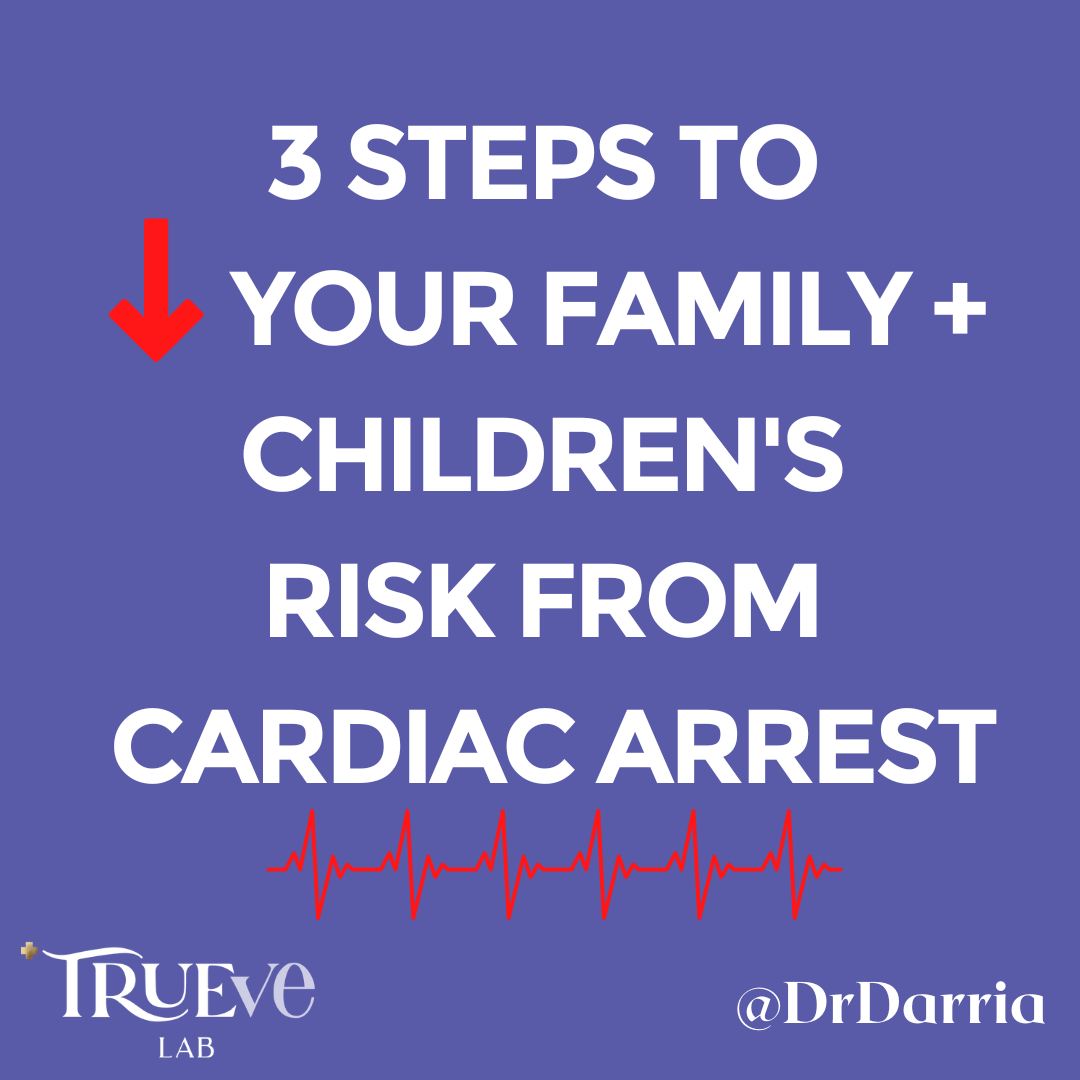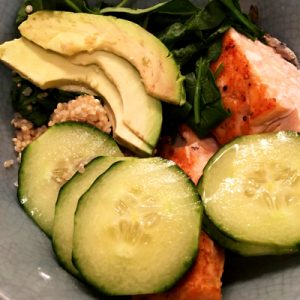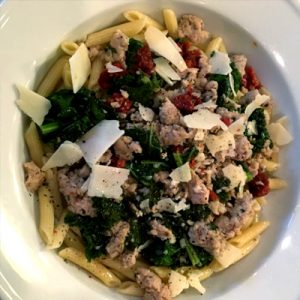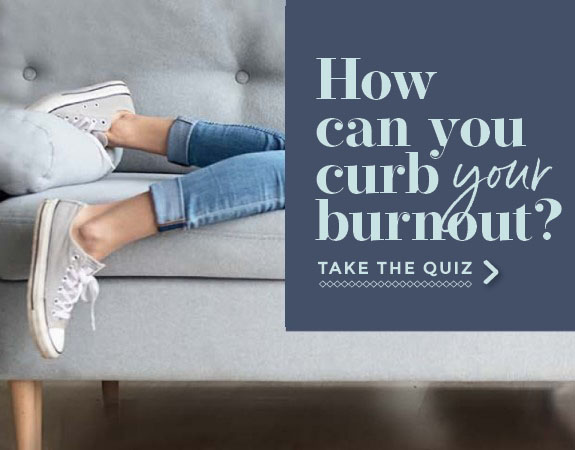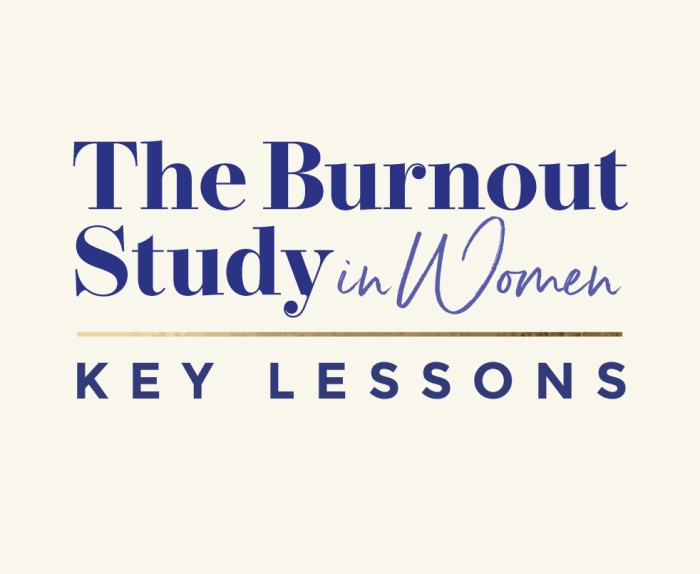It’s heart month – and did you know that every year in the US, around 2,500 people age 5-35 years old go into cardiac arrest?
Walter Watts was a 21-year-old college student in 2012, working in his first days of college, when he collapsed. Within minutes, fellow college students started CPR on him and used the Automatic Electronic Defibrillator. Never having used one before, one was quoted as saying ““When it advised a shock, we all looked at each other,” says Williams. “We couldn’t believe it.”
But they did as the AED advised, and after the shock, Walter started breathing again.
We’ve seen it in the headlines lately, with Damar Hamlin’s collapse – we think of heart disease as being a disease of older age – but when it comes to cardiac arrest, it can hit at all ages. In fact, according to the NCAA, 45 athletes died from sudden cardiac death between 2004-2008.
There’s no doubt that Walter Watt’s fellow students – who were NOT medical professionals – saved his life. Here’s the thing – most arrests occur OUTSIDE the hospital. At home. At a sporting event. Which means that the “First responder” – is someone just like you and me.
With 71% of young people with sudden cardiac arrest having NO prior symptoms, the best thing you can do is to be aware – and be prepared. It may seem scary and daunting – but you CAN do this.
How to lower risk from Cardiac Arrest:
Push for AED’s on-site:
- Make sure that everywhere you and your children do sports or physical activity, has an Automatic External Defibrillator (AED), and KNOW where it is. We know that one of the single biggest predictors of survival in cardiac arrest is time to AED use – and the difference between 2-4 minutes when it’s used by bystanders, and 15-20 minutes if you wait for the ambulance, is the difference between life and death. There is NOT time to wait for an ambulance to arrive.
Know how to use an AED + CPR:
- Take a CPR course, where you’ll learn both CPR and how to use an AED. Using an AED is VERY simple – literally the machine tells you what to do. The hardest part is just overcoming fear and getting it out.
- Find a CPR course:
- The American Heart Association (find a course near you). Such as “HeartSaver CPR AED course”
- The American Red Cross.
- Find a CPR course:
Consider EKG screening.
- Got kids in sports? Most organizations solely do a physical exam and questionnaire. However, while the NCAA and professional sports also mandate EKG screening, it’s not required in younger.
There are thousands of stories every day about someone having recently learned CPR, and then saving someone’s life when a friend or loved one collapsed near them.
Because the only thing worse than cardiac arrest? Having someone go into cardiac arrest – and not knowing what to do. I know this is a scary, daunting topic – but you can DO this. Please share – everyone can learn this valuable skill.
All my best,
- Dr. Darria

